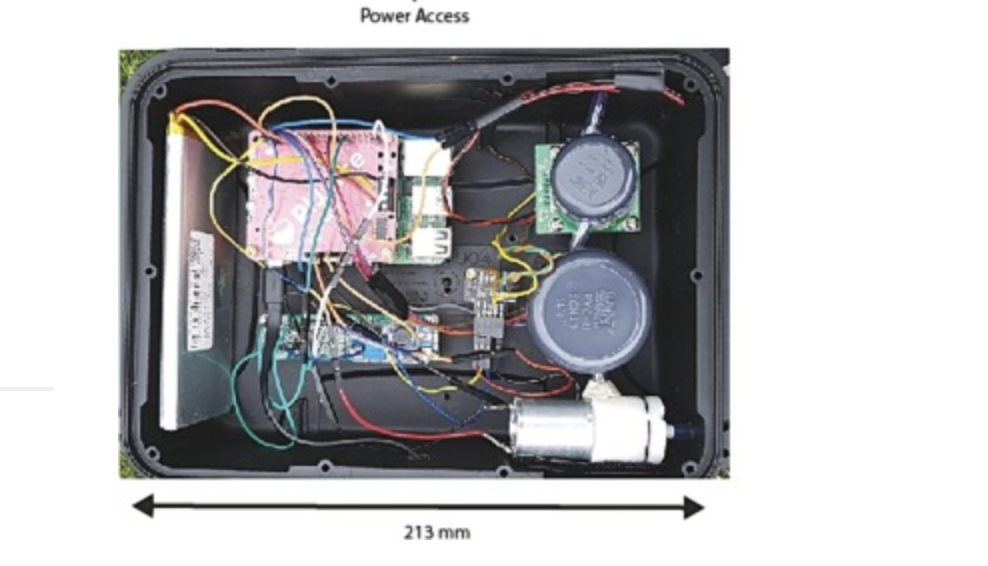Autores Ckelar: Susana Layana, Felipe Aguilera y Mauricio Aguilera.
Otros autores: Thomas Charles Wilkes y Tom David Pering.
Revista científica: Journal of Volcanology and Geothermal Research.
ABSTRACT
Instruments which are designed to measure multiple gases are widely used across several industries with a common focus on environmental gas sampling. Reliable instrumentation and gas sensors are therefore vital for the monitoring of air quality in cities and in more challenging scenarios, for example volcanic gas release. However, such instrumentation is commonly expensive and can be difficult to deploy, meaning that large instrument networks – needed to assess spatial air quality differences – is inhibitive. A bespoke do-it-yourself approach can therefore be beneficial. Here, we detail a new instrument, the PiGas, which is modelled on the successful “Multi-GAS” technique (Shinohara, 2005; Aiuppa et al. 2005) for the measurement of carbon dioxide (CO2), sulphur dioxide (SO2), hydrogen sulphide (H2S), and water vapour (H2O). Indeed, CO2 is a common gas of interest yet its measurement at high accuracy can be expensive. We demonstrate a cost reduction to <£500 by adapting parts used from non-air sampling specific industries and through use of a lower-cost and lower-power requirement CO2 sensor (the CozIR A-H). We demonstrate the versatility of the PiGas for monitoring indoor and outdoor air quality as a diffuse and pumped sensor. We also test the instrument in two extreme volcanic environments at the high altitude Alitar and Volcán Lastarria (Chile). Overall, the instrumentation shows potential for more widespread co-ordinated use to improve spatial sampling distributions in low concentration scenarios as a supplement to higher accuracy and higher precision instruments in volcanic environments.
Full paper here.

